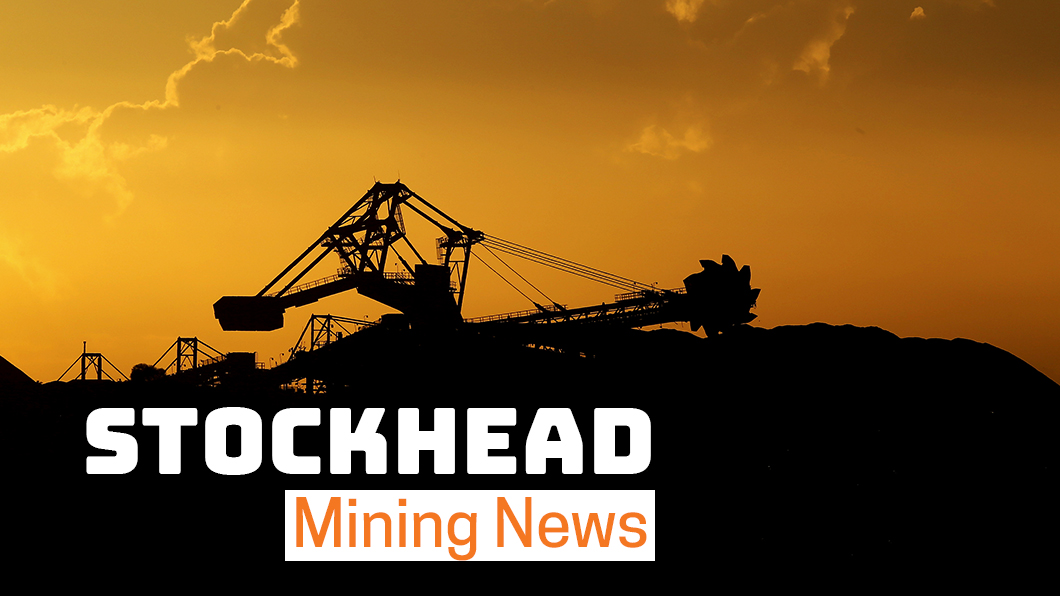The silica sand demand storm is coming and Australia is preparing to face it head on

Pic: Bloomberg Creative / Bloomberg Creative Photos via Getty Images
Construction may have slowed due to COVID-19, but there is little doubt that it will pick up again in the near future as stimulus programs kick in to help the recovery process along.
VRX Silica managing director Bruce Maluish told Stockhead the construction industry was expected to get quite a bit of stimulus spending, which would in turn drive demand for flat glass.
“The biggest use of silica sand outside of concrete is flat glass and container glass. We also think that demand for ultra-clear flat glass for solar panels will be as strong as it has ever been,” he added.
And it is this demand for silica sand (SiO2) that might prove to be a bit of a stumbling block.
While silica sand is the most abundant mineral on the planet, it is still a finite resource. This is because high purity sand is required for making both flat glass and container glass as impurities such as sulphides and iron will cause imperfections.
LISTEN: Explorers Podcast: What is silica sand? And what’s the investment potential for the quiet commodity?
The purity issues become even more of an issue when the ultra-clear glass is required for solar panels or for use in other high-tech applications such as fibre-optics, LCD panels and LED lights.
Even medical vials used to store vaccines are in short supply and while the actual tonnage required for their production is relatively minute, they still require silica sand of extremely high purity.
And while demand for such high-purity silica sand is rising, supply is increasingly becoming an issue to the point that illegal mining is a problem in some countries, while China has included it on its list of strategic minerals.
Market research firm IMARC Group previously estimated the global silica sand market could grow from $US7bn ($10.2bn) in 2018 to $US20bn in 2024.
While there is little doubt that this growth rate has been interrupted by the COVID-19 pandemic, all it really does is delay the inevitable return of demand.
There is also growing demand for silica sand to produce engineered stone cladding.
Maluish noted that in the wake of the 2017 Grenfell Tower fire in London, there has been a strong push to replace the flammable external cladding that was widely blamed for the rapid spread of the fire with other materials including engineered stone.
“The industry has had a big growth spurt … if you start looking around in cities and high-rise buildings, you will be amazed at how much stone cladding there is and almost all of it is manufactured stone,” he said.
Australia in the box seat
Australia has once again lucked out in the minerals lottery with several notable silica sand projects that are either in production or are currently making their way through the exploration and/or development process.
While Japan’s Mitsubishi currently produces sand from its Cape Flattery Silican Mines in northern Queensland, there are also a number of ASX small caps in the space.
In April, Australian Silica Quartz (ASX:ASQ) dispatched a 20-tonne trial shipment of silica sand to a Chinese customer from a project in Bullsbrook, Western Australia, that is held by Urban Resources.
The project has an inferred resource of 10.7 million tonnes (Mt) at 99.8 per cent SiO2 and is the subject of a terms sheet for the two companies to form a joint venture.
Australian Silica also continues to progress its silica sand project in Albany, Esperance and Gingin with the company seeking a joint venture partner to assist in fast tracking the development and funding of the Albany project.
Diatreme Resources (ASX:DRX) recently upgraded resources at its Galalar project in northern Queensland by 25 per cent to 47.5Mt.
This includes a maiden measured resource of 30.89Mt grading 99.28 per cent SiO2.
It follows the release of an economic study indicating the project’s potential to generate revenue of about $80m per annum from production of about 750,000 tonnes per annum of high grade silica.
Net present value (NPV) and internal rate of return (IRR) are estimated at $231m and 150 per cent respectively. NPV and IRR are metrics used to assess the profitability of a project – the higher the number is above 0, the more profitable it will be.
The study also found the project would have total expenditure during the construction phase of $23m to $24m.
Metallica Metals (ASX:MLM) holds the Cape Flattery silica sand project that sits adjacent to Mitsubishi’s Cape Flattery mine.
Sampling carried out late last year confirmed the presence of high purity silica sand after returning results of between 96.1 per cent and 99.1 per cent SiO2.
These results are comparable with known deposits in the region.
Perpetual Resources (ASX:PEC) entered into an option agreement in late April to acquire the Sargon North tenure directly north of its existing Sargon project just 40km by road from Geraldton, Western Australia.
The acquisition will take the total area covered by the Sargon project up to 48sqkm.
Perpetual’s flagship asset is the Beharra project about 300km north of Perth where auger drilling has confirmed the presence of extensive, high purity silica sand.
Aircore resource definition drilling has been completed and assay results are currently pending.
Meanwhile, VRX Silica is pressing ahead with the development of its Arrowsmith North project in Western Australia.
The project, which is just one of three projects held by the company, is estimated in a bankable feasibility study to have an NPV of $242.3m and an internal IRR of 77 per cent.
The project is expected to generate total sales of nearly $2.8bn from the mining of 53Mt of silica sand at a rate of 2Mt per annum.
“We are finalising the mining project agreement with the native title holders at the moment and as soon as that is done, we will lodge the environmental referral,” Maluish told Stockhead.
VRX expects the project to be approved in the September quarter, with Maluish saying it could be in production in the first quarter of 2021.
And while Arrowsmith North has no shortage of interest, around three quarters of the 47 companies that have expressed interest in buying sand from VRX are interested in the high purity sand from the company’s Muchea project.
Muchea has a current reserve of 18.7Mt grading 99.9 per cent SiO2 that sits within a 208Mt resource grading 99.6 per cent SiO2.
At Stockhead, we tell it like it is. While VRX Silica is a Stockhead advertiser, it did not sponsor this article.
UNLOCK INSIGHTS
Discover the untold stories of emerging ASX stocks.
Daily news and expert analysis, it's free to subscribe.
By proceeding, you confirm you understand that we handle personal information in accordance with our Privacy Policy.








